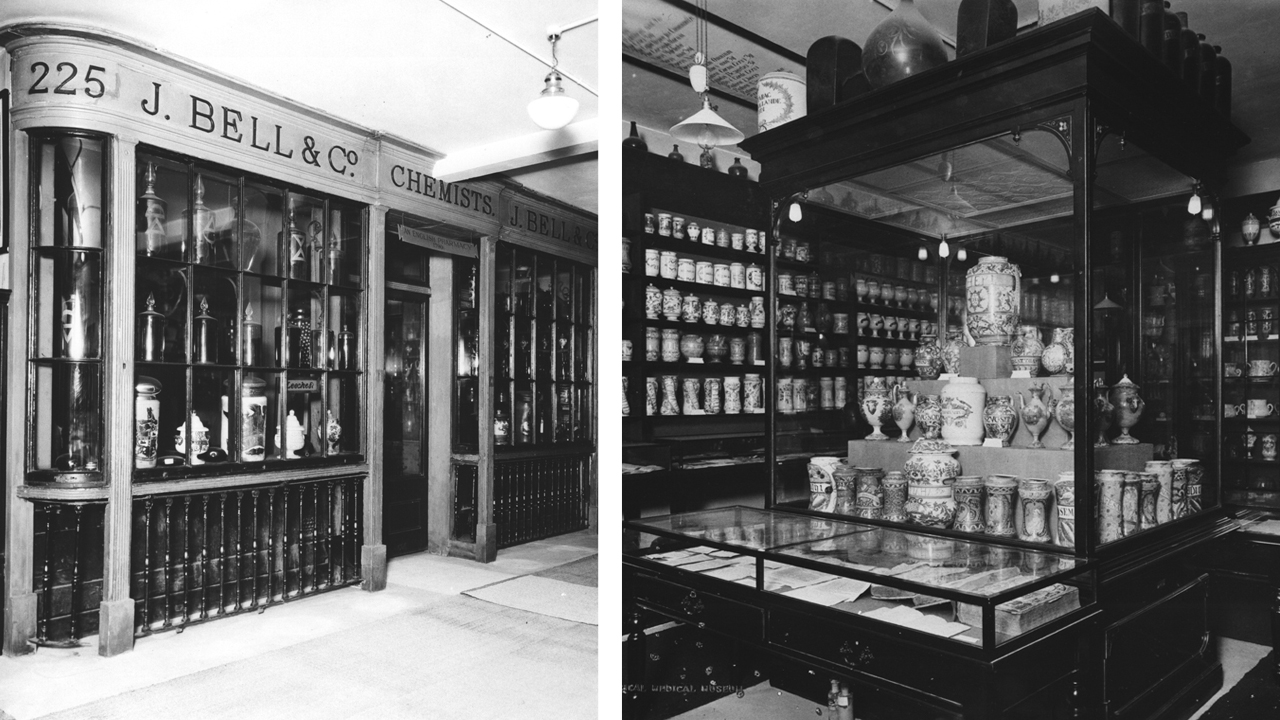In News
Follow this topic
Bookmark
Record learning outcomes
The pharmacy team at John Bell & Croyden are awaiting a once in a lifetime call, to see if their services will be needed during the coronation of King Charles III
A royal link
John Bell & Croyden has a deep-rooted history with the Royal family, specifically with the anointing oil used in King George V and Queen Elizabeth II’s coronations.
“Squire & Sons, who made the anointing oil pre-World War II, were taken over by Savory & Moore, who in turn made the 1953 version. Savory & Moore took over John Bell & Croyden in 1928 and they themselves were bought by Lloyds in 1992, including John Bell & Croyden,” explained James Gray, healthcare services manager. “To this day John Bell & Croyden holds two bottles of the anointing oil under lock and key, safely stored beneath its famous Marylebone pharmacy. We have contacted the palace and are awaiting further instructions.”
“For over 60 years John Bell & Croyden were proud to hold the Royal Warrant as pharmacists to Queen Elizabeth II, an accreditation that we held from 1958,” he added. “The Royal Warrant was originally granted on behalf of King George V in 1909 and we were equally proud to hold The Royal Warrant to Her Majesty the Queen Mother until her death in 2002.”
The history
Anointing oil plays a significant role within the coronation ceremony. The oil was historically made up in batches and consists of oils of orange, roses, cinnamon, musk and ambergris.
When the late Queen was set to be crowd in 1953, it was found that the oil used to anoint her father had been destroyed in 1941 during World War II, as it had been stored in the deanery of Westminster Abbey.
Squire & Sons, who as mentioned had made the oil, had also gone out of business. “Thankfully, all was not lost as an old, retired employee was able to save the day after having kept some of the anointing oil as a souvenir,” explained James. “The formula used on the coronation day of Elizabeth II was prepared by the Surgeon Apothecary. A change is noted about the type of oil used, no longer 'oil of been' (oil of Ben) as for Charles I, but sesame oil.”
“The oil was then consecrated by the bishop of Gloucester in the chapel of St. Edward the Confessor,” he added. “The gesture of anointing the sovereign can differ. For Charles I, the King was anointed on the breast, between the shoulders, on both shoulders, in the crooks of both arms and on the head. For Elizabeth II, the queen was anointed on the palms of her hands, her breast and her head.”


